Summer’s here, and it’s the perfect time to support your local birds—and enjoy a backyard bird show at the same time! As your go-to resource for all things wild bird-related, we at Chirp have put together this beginner’s guide to backyard bird feeding. Think of it as a jumping-off point to get you started. If you’d like to build on your backyard birding knowledge, we also have tons of resources—from blog posts to videos—for your reading and viewing pleasure. But for now, let’s go over the basics.
What You’ll Need
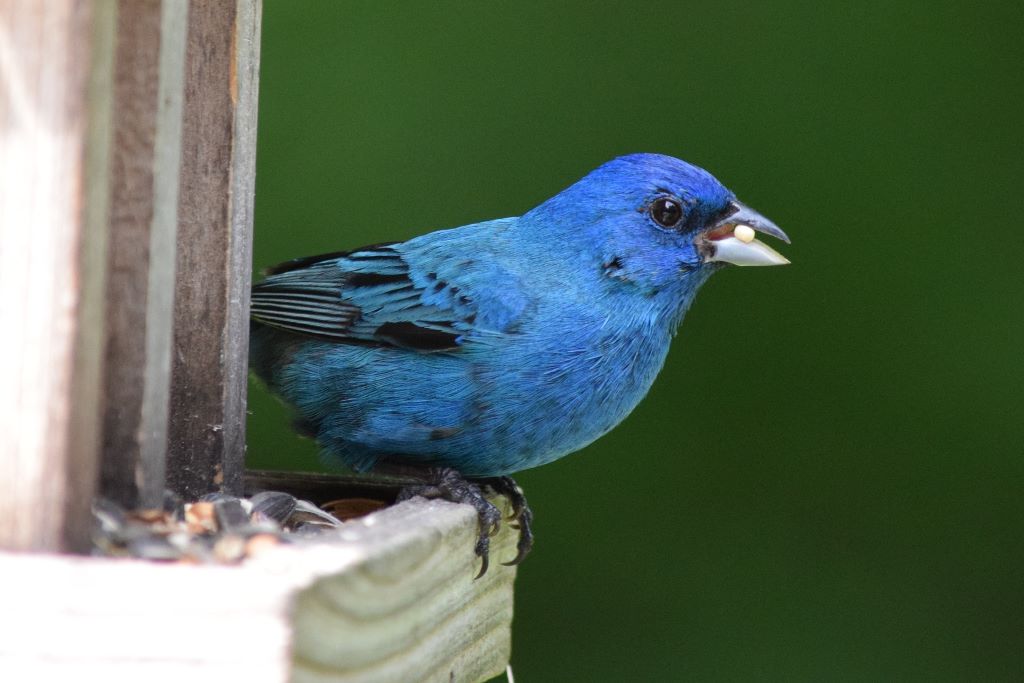
Backyard bird feeding is an easy hobby to start and to maintain. Plus, it offers instant benefits and hours of enjoyment for the entire family! All you’ll need is:
- One or more bird feeders
- Wild bird food (seed, seed mixes, fruit, jelly, and/or nectar)
- An outdoor area that attracts, and is safe for, birds
- A clear view of your feeders
Choosing the Right Bird Feeder
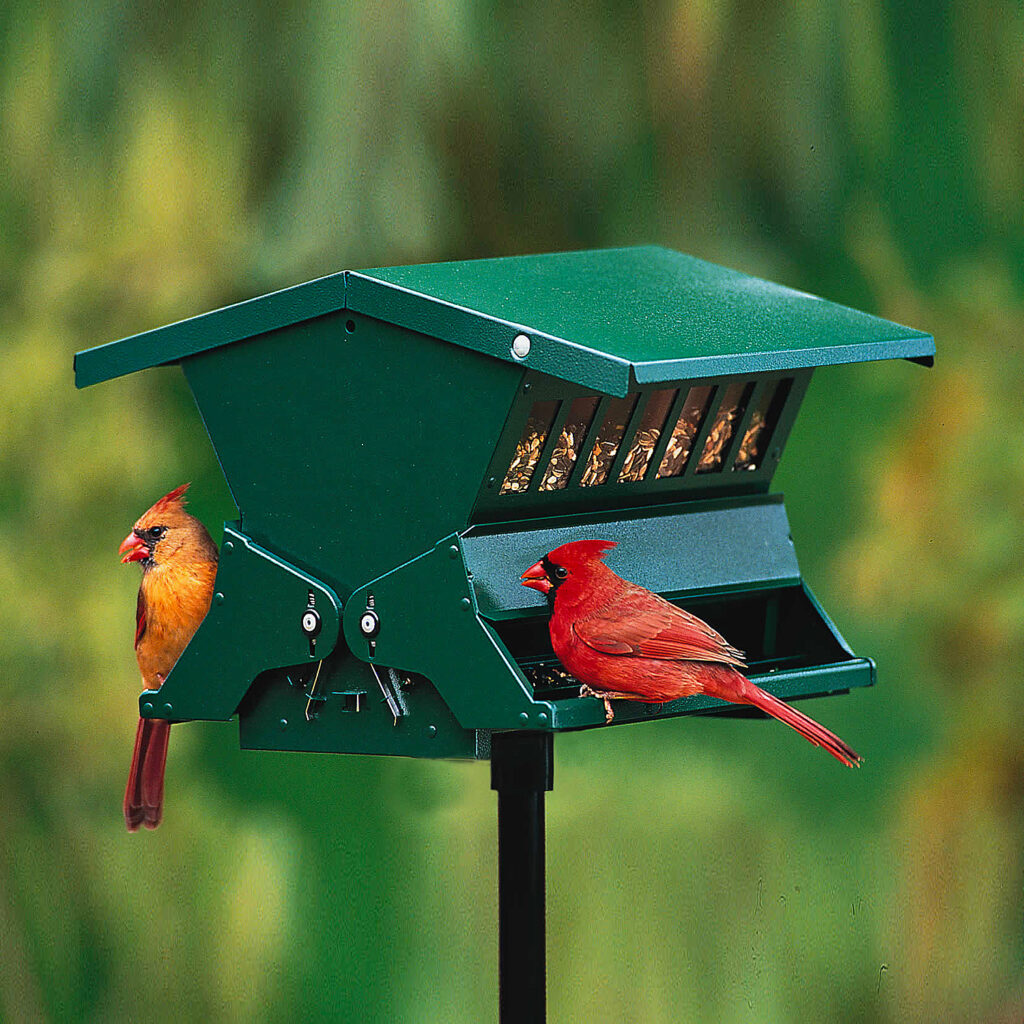
Which type of bird feeder is the best? The answer depends on what your local birds eat and which local birds you wish to attract. Other factors, like keeping out weather and local wildlife, should also be considered. And then there are your personal preferences: do you want more time between refills? You might consider a bird feeder with more seed capacity. Are you looking for a feeder that’s easy to clean? A feeder that disassembles for easy cleaning might be the one for you.
Here are the most popular types of bird feeders, and why you might choose one over another:
Hopper feeders
These types of feeders hold seed in a hopper, or chamber, that disperses onto a platform where birds feed. These feeders typically hold more seed than other feeders, and the hopper protects the seed from the elements.
Tray feeders
Tray, or platform, feeders hold seed on an open platform that’s unprotected from the elements. These feeders are known to attract a large variety of birds. These feeders are best in areas with mild weather, as the open design exposes the seed to rain and snow and will need to be cleaned more frequently in harsher climates.
Tube feeders
One of the most popular feeders for all-year bird feeding, tube feeders keep seed clean and dry inside a tube chamber. These feeders are especially effective for attracting smaller birds, like songbirds. If you are having trouble deciding on a particular feeder type, tube feeders are a good, hard-to-go-wrong default choice.
Suet feeders
Suet is a high-fat, high-protein bird food that birds love. It’s also useful for getting them through harsh winters with little other food sources, and fuels them for the rigors of nesting and migrating seasons. A suet feeder is one that’s designed to hold suet, which comes in a variety of forms, including cakes and balls.
Squirrel-proof feeders
We love squirrels as much as the next nature lover, but we don’t want them taking over our feeders! If you feel the same, then a squirrel-proof feeder is for you. Chirp has a variety of squirrel-proof feeders that gently deter our fluffy-tailed friends.
Hummingbird feeders
Don’t forget the hummers! They need love too! When choosing a hummingbird feeder, an easy-to-clean design is key, as you’ll want to clean them after every refill to prevent mold growth. Also, look for bright-colored feeders as they attract more hummingbirds.
Getting the Feed You Need
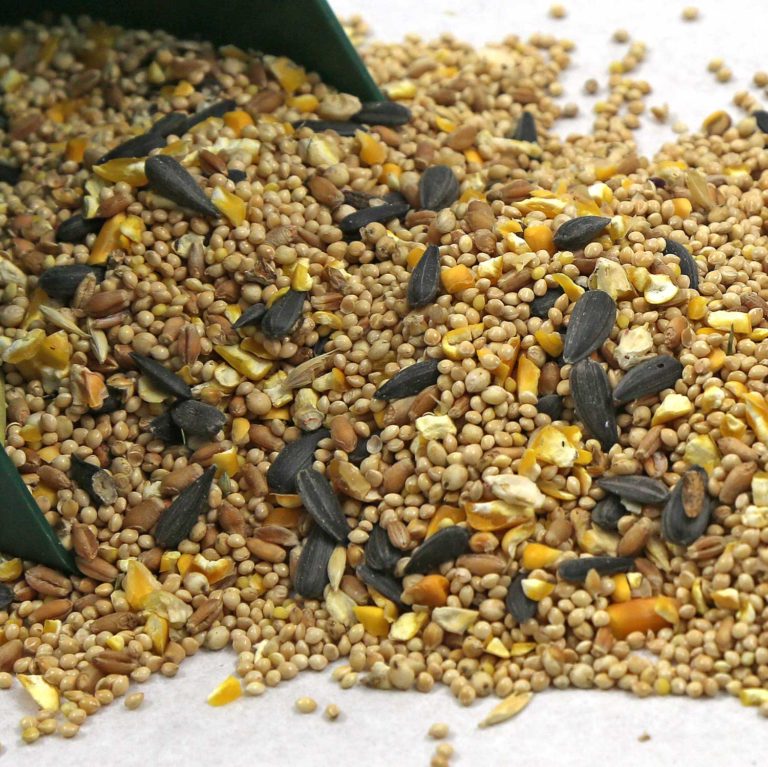
Much like your bird feeders, choosing the right wild bird food depends on what your local birds eat and what season you’re in. Your local wild birds will feed on at least one of the following:
Pro tip: To attract more birds, or a wider variety, we suggest hanging two or more feeders around your yard, and offering more than one type of bird food.
Hanging or Mounting Your Feeder
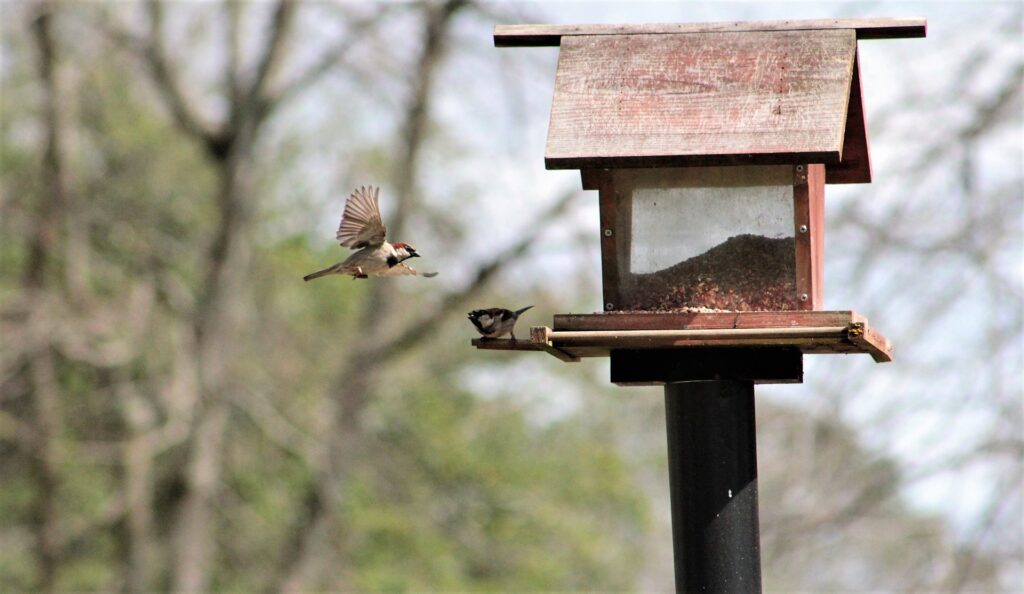
A well-placed bird feeder can mean the difference between birds flocking to your feeders and weeks (or months) of no birds at all. Find a sheltered place, whether its under your eaves or some thick foliage, so that birds can feed with some relief from weather, as well as feel protected from raptors that may threaten overhead. You’ll also want to choose a place that’s quiet, away from street traffic and other disturbances. Birds typically like to feed in high places, like a tree branch, a high post, or up high on your house siding. And don’t forget to pick a place that you can see from your patio, garden, kitchen window, or wherever you relax and watch nature.
More Backyard Bird Feeding Resources
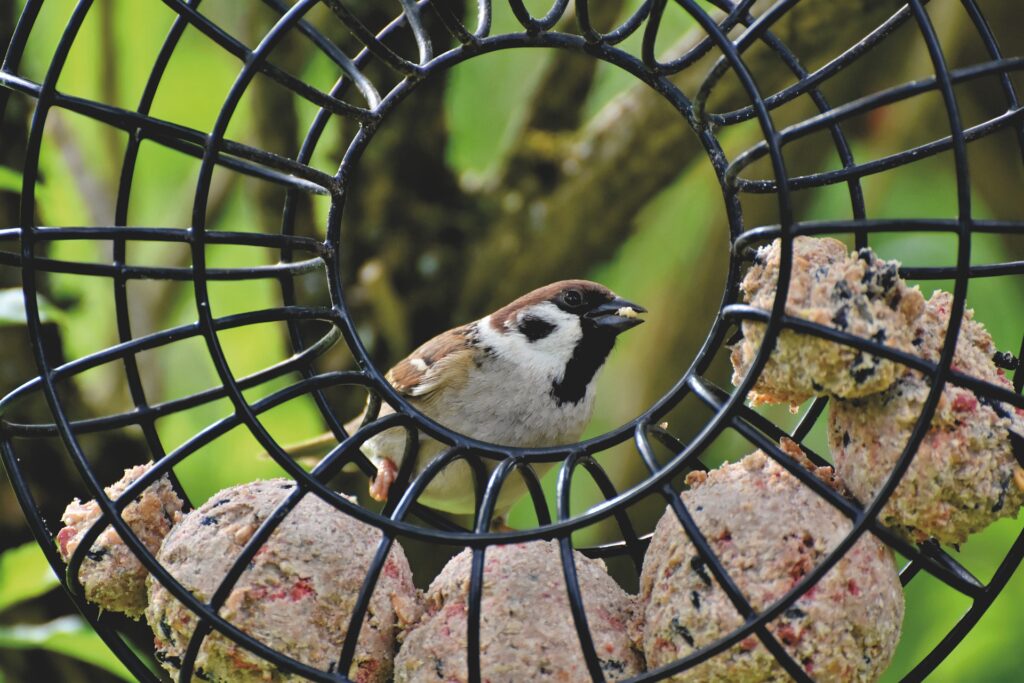
Curious to learn more? We’ve got your back with these other helpful resources!
- What do your local birds eat?
- Which birds eat suet, and is it good for them?
- Check out our Ultimate Guide to Hummingbird Feeding.
- Learn how to make your yard bird-friendly to attract more birds.
- Find our ways to help nesting birds.
- Help birds through harsh winters.
- How to deal with bully birds taking over your feeder.
- Want to prevent rats and other feeder pests?
- Watch our How to Begin Backyard Birding Video Series!
June Events Coming to Chirp!
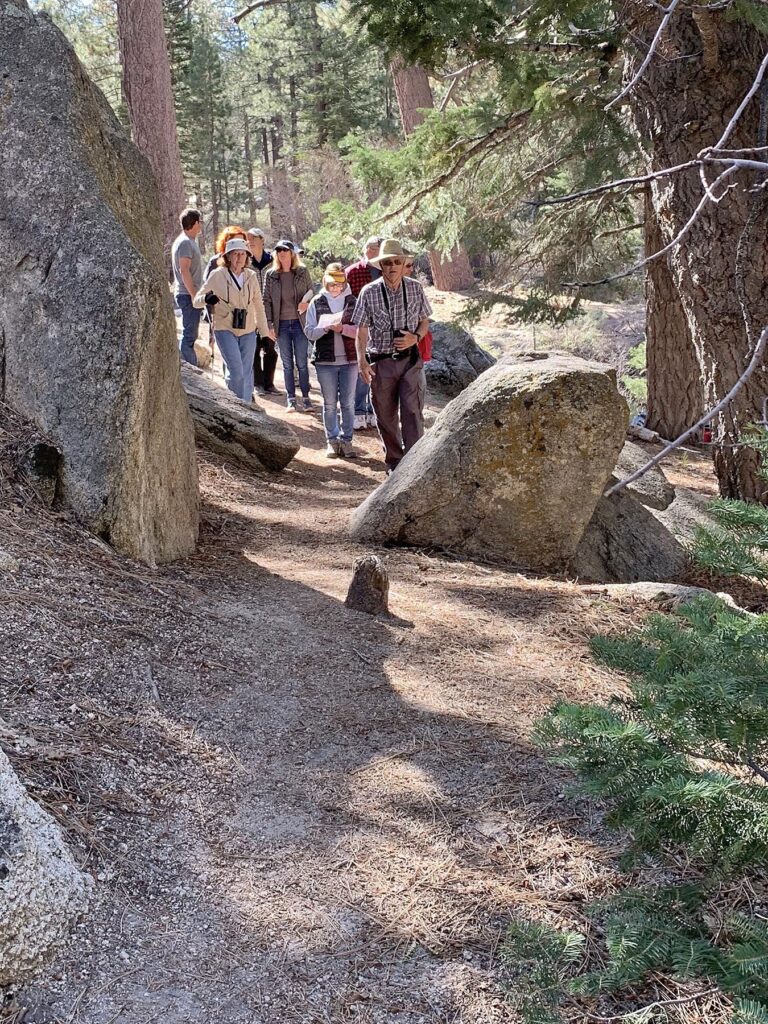
We don’t know about you, but we’re ready for some summer fun! Check out our live and virtual events coming up this June on our Activities page!

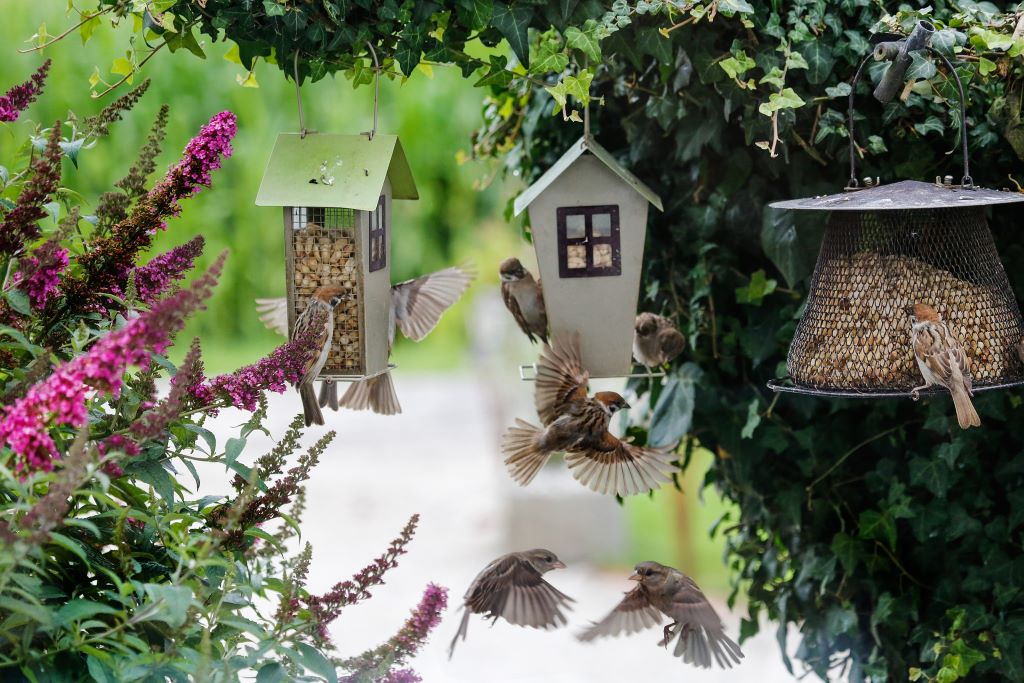

One comment
They like the hot pepper suet cake also